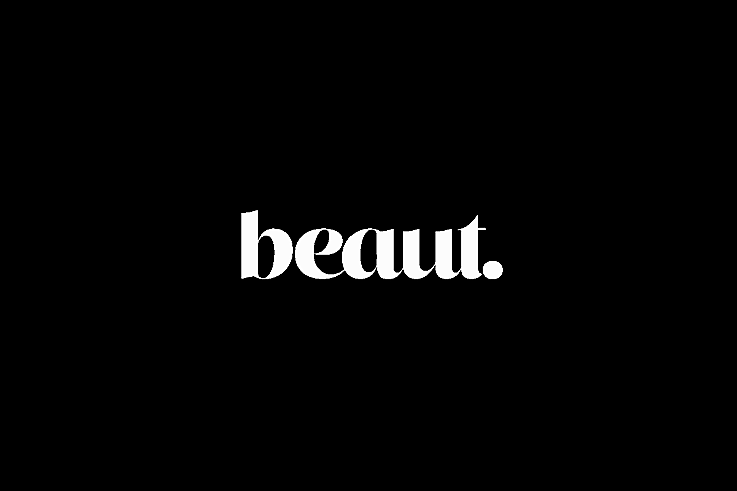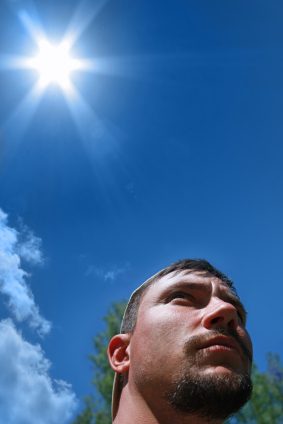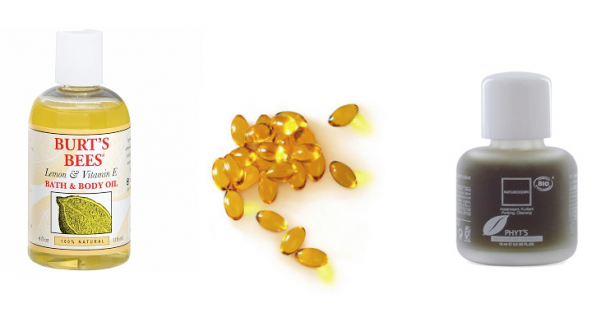
We are now well and truly settled in to 2014 and the traditions of the festive season are but a distant memory. But this Christmas Eve was a little different for me.
While everyone else was at home slicing vegetables and sewing up their stuffed turkeys, there was a different type of carving and stitching going on in my world. And I was the one on the chopping block.
I spent the day in the hospital doing my best Brussels sprout impersonation - sitting patiently and waiting for the knife to do its work.
I have always put some distance between myself and the Irish sun, and by distance I mean a good SPF. But a few years of living under the Australian sun taught me to be absolutely militant about keeping an eye on freckles, moles and sun spots.
Mole mapping (effectively a surveillance programme to help detect melanoma) is normal practice Down Undah and is becoming more common place in our own Irish clinics.
It was during one of these checks that I noticed a mark on my forehead was slowly changing shape. So I took myself off to a dermatologist who confirmed that it was a result of sun damage but that luckily it was benign. It could, however, increase in size so removing it as soon as possible would minimise the size of the resulting scar.
Advertised
My dermatologist was professional to her finger tips and examined me from my toes to my own finger tips. She found another mole that she also recommended removing and so I found myself lying on the operating table, local anaesthetic making the procedure pain free and over in a jiffy.
A week later my stitches were out and now the incisions have healed well. But both have left a scar and I am ready to do blemish battle.
There are three main types of scar:
- Flat scars are the most common and the result of relatively minor cuts and burns. They fade over time, eventually becoming a very light pink or white.
- Raised scars are the result of an overproduction in collagen as the skin's response to injury.
- Indented or atrophic scars are often the result of acne or chickenpox. In this case, the skin's underlying structure is damaged and so this type of scar doesn't heal as well as flat or raised - laser may be required to treat indented scars.
My doctor suggested I use a Vitamin E oil or Bio-Oil to help hasten the healing process and to encourage fading. And soon I'll crack out my beloved Phyt's Naturoderm which I dab on any area of skin that needs an extra bit of love.
I'm looking forward to putting my bandages and heavy duty concealer away, and to letting normal service resume.
Advertised
Which is more than can be said for the poor old Brussels sprout.
Do you pay attention to your moles and freckles? And do you have any tips to help scars heal? Share with us in the comments!






